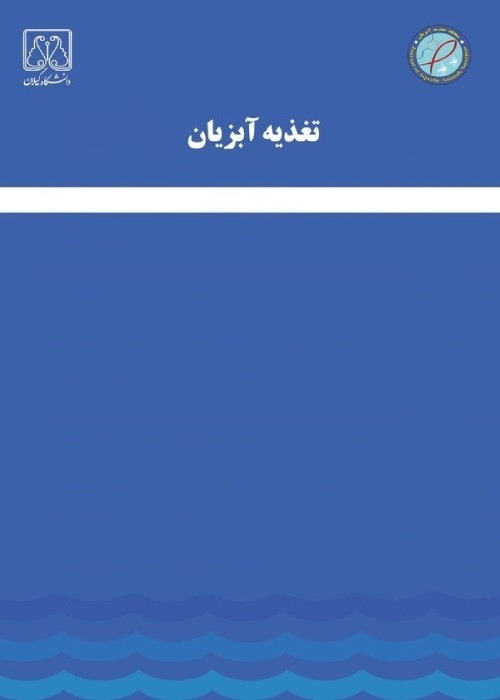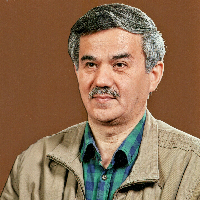The effect of using red algae powder on growth indices, some serum and mucus indices, and mucus protein patterns in common carp (Cyprinus carpio) fry
Nutrition plays an important role in the functioning of the immune system and resistance to diseases. As a result, feeding and nutritional management are very sensitive and important. Nowadays, the use of substances that stimulate immunity and growth in the diet of aquatic animals is very important. The main reason for using these stimulants is their benefits, which include increasing growth, reducing food loss, increasing production, and obtaining a high-quality product. On the other hand, immune stimulants are added as supplements to the diet of aquatic animals and are used to prevent disease and improve the food conversion ratio. Seaweeds have high quantity of vitamins, minerals, protein, carotenoids, fiber, and essential fatty acids. In addition to being used as food, algae can have industrial, cosmetic, and medical uses. Algae have great economic importance due to having valuable polysaccharides such as agar, carrageenan, and alginate. Studies have shown that the use of dried algae as an immune stimulant in the aquaculture industry improves the physiological responses of fish to stress and disease, and as an immune stimulant in aquaculture, they increase growth, food efficiency, and biochemical quality of carcasses in various aquatic animals. The genus Gracilaria from the family Gracilariaceae is the largest genus from the Rhodophyta branch. They have a wide distribution worldwide and have been seen in polar, equatorial, and Mediterranean regions. However, there are limited studies regarding the use of Gracilaria gracilis algae powder in aquaculture. Considering the importance of common carp as one of the most important aquaculture species, the present study aims to investigate using different levels of G. gracilis algae powder in the diet and its effect on growth performance as well as some serum and skin mucus parameters in common carp.
This research was conducted for seven weeks in Shahid Nasser Fazli Barabadi Aquaculture Lab of Gorgan University of Agricultural Sciences and Natural Resources, Gorgan, Iran. In this experiment, common carp fry with an average weight of 19 g was used. The fish were adapted for two weeks and then kept in 12 fiberglass tanks (4 treatments 0, 0.25, 0.5 and 1% G. gracilis powder) with a density of 15 fish. The added ingredient in the diet was G. gracilis powder, supplied from South Iran. In this experiment, the basal diet was commercial extruded food size FFC from Faradaneh Company, Shahrekord, Iran and then the required amounts of G. gracilis algae (2.5, 5, and 10 g/kg) were mixed with the ingredients and made into the pellets. To investigate growth factors, the length and weight of all fish were measured. Fish mucus samples and blood samples were also collected. Data analysis and determination of significant levels were performed using SPSS 16 software and Duncan's statistical test with a confidence level of 95% and One-Way ANOVA test.
This research showed that the weight at the end of the period, the specific growth rate, and the food conversion ratio were not significantly different between the treatments containing red algae powder and the control group (p>0.05). Statistical analysis of the results showed no significant difference between the serum total immunoglobulin and total protein levels in the treatments fed with G. gracilis powder and the control group (p>0.05). The same results were noticed in case of skin mucus total immunoglobulin and total protein levels (p>0.05)
The results showed that adding G. gracilis powder (0.25, 0.5 and 1%) has no significant effect on growth and immune indices compared to the control group. The effect of adding herbal supplements to the diet on growth performance differs according to factors such as appropriate concentration, diet composition, and rearing management. Also, fish species, life stages, and experimental conditions are effective on growth performance results. The lack of significant difference between different levels of G. gracilis powder and the control group may be related to these reasons.
- حق عضویت دریافتی صرف حمایت از نشریات عضو و نگهداری، تکمیل و توسعه مگیران میشود.
- پرداخت حق اشتراک و دانلود مقالات اجازه بازنشر آن در سایر رسانههای چاپی و دیجیتال را به کاربر نمیدهد.



